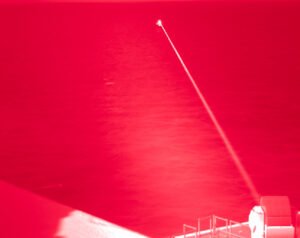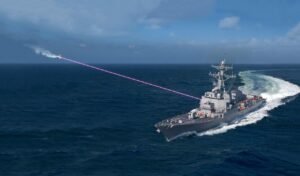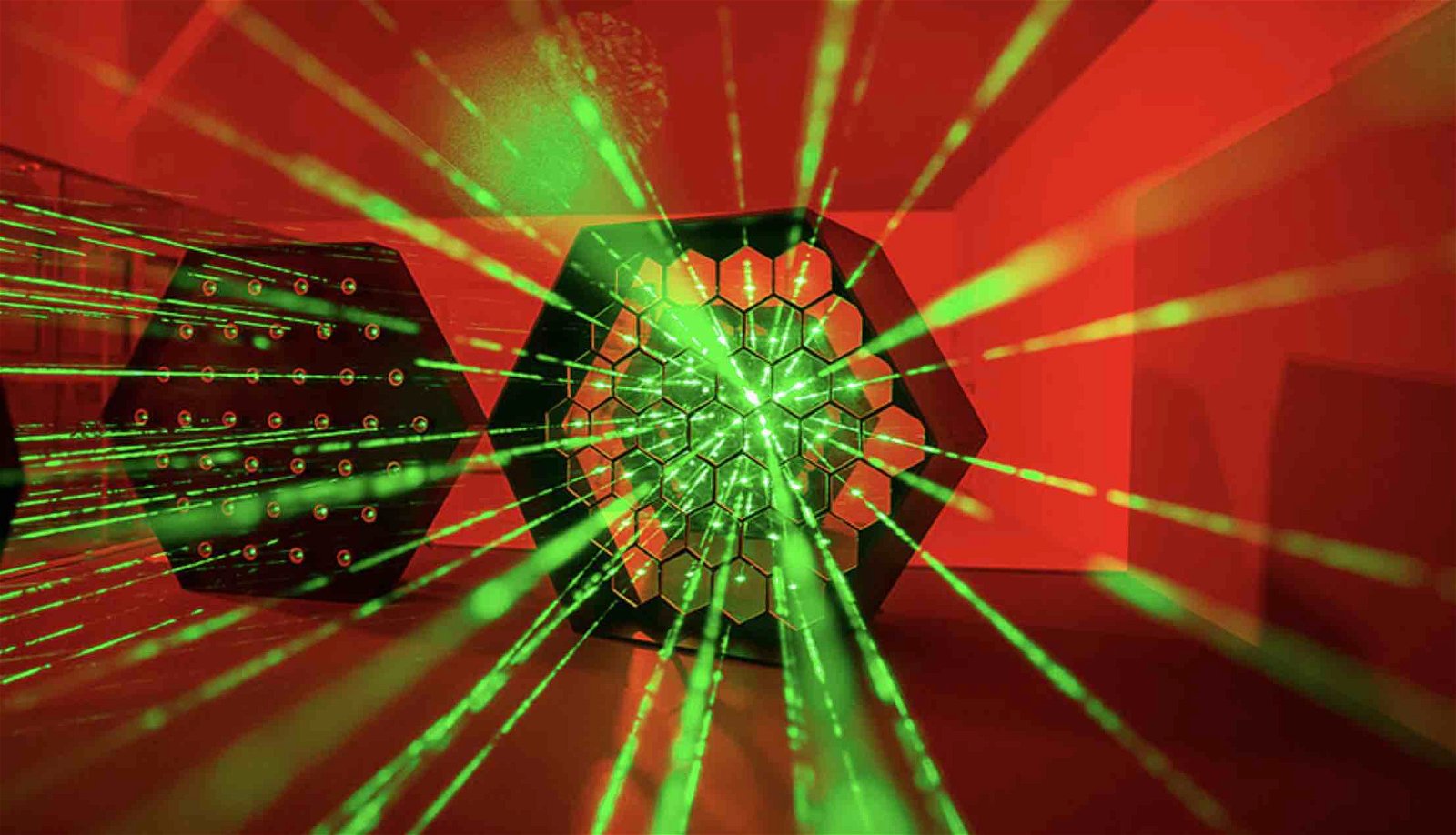The Australian Department of Defence is moving forward with plans to build a combat laser system prototype that is reportedly powerful enough to stop a tank.
Although some combat laser systems have worked their way into the hands of militaries around the world, those directed energy weapons are designed to shoot down drones, mortars, and other manageably-sized threats. However, if the Australian government is successful in building a laser with enough power to stop a tank in its tracks, it would represent a significant shift in the viability of directed energy weapons in the 21st-century field of combat.
Combat Laser Systems Just Beginning to See Real Action
For decades, a combat laser that could be used by actual military forces only existed in the realm of science fiction. The U.S. military began to test the viability of combat laser systems as far back as the 1980s. Unfortunately, those systems were massive, building-sized contraptions that were wholly impractical to deploy in the field.
More recently, actual lasers developed to combat land, sea, and air drones have begun to work their way into the hands of actual soldiers in the field.


The Debrief has reported on some of these systems, including systems used by the U.S. Navy to destroy water-borne drones and another to counter airborne threats. An even more powerful laser system called Iron Beam has been employed by the Israeli government with enough firepower to stop airborne threats like drones and mortars. More recently, the DOD took delivery of a super-powerful combat laser that will help the U.S. Air Force and U.S. Navy destroy drones, missiles, and potentially other combat aircraft.
Of course, even the most powerful of these systems are challenged by the amount of power they can deliver to their target, resulting in the need to keep the laser beam focused on one spot for long enough to do actual damage as opposed to blasting drones and other targets out of the sky in one quick blast.


Now, it appears that the Australian government is looking to advance things several steps forward by asking its laser weapons contractor to come up with plans to develop a combat laser more powerful than any that has been developed yet.
Using Laser Power to Stop a Tank is No Small Feat
According to a press release issued by the Australian Government in April, “Defence has awarded a $12.9 million contract to QinetiQ Australia to co-develop and manufacture a high energy defensive laser system prototype capable of deployment in a wide range of operational environments.”
A deeper analysis of the situation shows that this isn’t any old combat laser that the government of Australia is looking to put into the hands of its military forces. Instead, it would represent the single most powerful combat laser ever developed by any of the world’s defense forces.
In fact, back in the summer of 2020, Australia’s Department of Defence released a strategy document called the 2020 Force Structure Plan, which among other things, outlines some of the department’s goals for arming its forces with cutting-edge weapons. Among those mentioned is the laser system now under development by QinetiQ Australia, which the strategy document says should be designed with enough power to stop a tank. Literally. There is no direct mention of the power requirements for such a weapon, but compared to systems already in use, it would have to be massive.


For example, currently deployed combat laser systems start at the 10Kw range, which can drop a small drone after keeping its beam on the target for as much as 30 seconds. A combat laser under consideration by the U.S. Navy tops out at around 60kW, giving it enough juice to drop class three drones after a few seconds on target.
The Iron Beam system has the highest power level at 100kW, which the Israeli government hopes may be powerful enough to stop incoming missiles if they are able to keep the beam on target for enough time, think 10 seconds or so, to penetrate the missile’s armor and blast it from the sky.
Last year, U.S. contractor Lockheed-Martin delivered the most powerful combat laser to date, with a robust 300kW of total target-killing force. Still, even this laser system, which has yet to make it to the actual troops in the field, wouldn’t have anywhere enough power to penetrate the inches and inches of heavy armor of a battle tank unless it could stay on target for an inordinately long time.
Still, the Australian government seemed motivated to build their tank-stopping laser and have started to put their money where their mouth is.
“The Defence, Science and Technology Group (DSTG) is partnering with industry to build advanced and competitive Australian sovereign capabilities for our Defence Force in critical technology areas,” said Professor Tanya Monro AC, a chief Defence scientist. “The high energy laser manufacturing capability is an example of how we can work with industry to support emerging and disruptive technologies.”
Super Powered Combat Lasers Are Coming No Matter What
The recent award by the Australian government to QinetiQ Australia is rather small compared to the massive budgets already spent on active laser systems, meaning this award is likely just a first step toward the Australian military actually fielding a combat laser powerful enough to stop a tank. And even with more funding, there is no guarantee that this program will, in fact, lead to the completion of a laser system powerful enough to accomplish this incredible feat.
Still, the rapid development in military lasers over the last two decades, combined with constant improvements in materials and optical science, seem to indicate that ultra-powerful combat lasers with increasing power outputs will continue to work their way into the hands of military forces in the coming years.
Of course, no one knows for sure when a system this powerful will actually come to fruition. But given the goals of the other world militaries, including plans by the U.S. military to develop a combat laser that operates in the terawatt range, making it three times as powerful as the most powerful combat laser built to date, it seems like only a matter of time that combat lasers will be commonplace in the battlefields of the future. Maybe even lasers that are powerful enough to stop a tank.
Read More: Lockheed-Martin Delivers DOD the Most Powerful Combat Laser Ever Built
Christopher Plain is a Science Fiction and Fantasy novelist and Head Science Writer at The Debrief. Follow and connect with him on Twitter, learn about his books at plainfiction.com, or email him directly at christopher@thedebrief.org.

